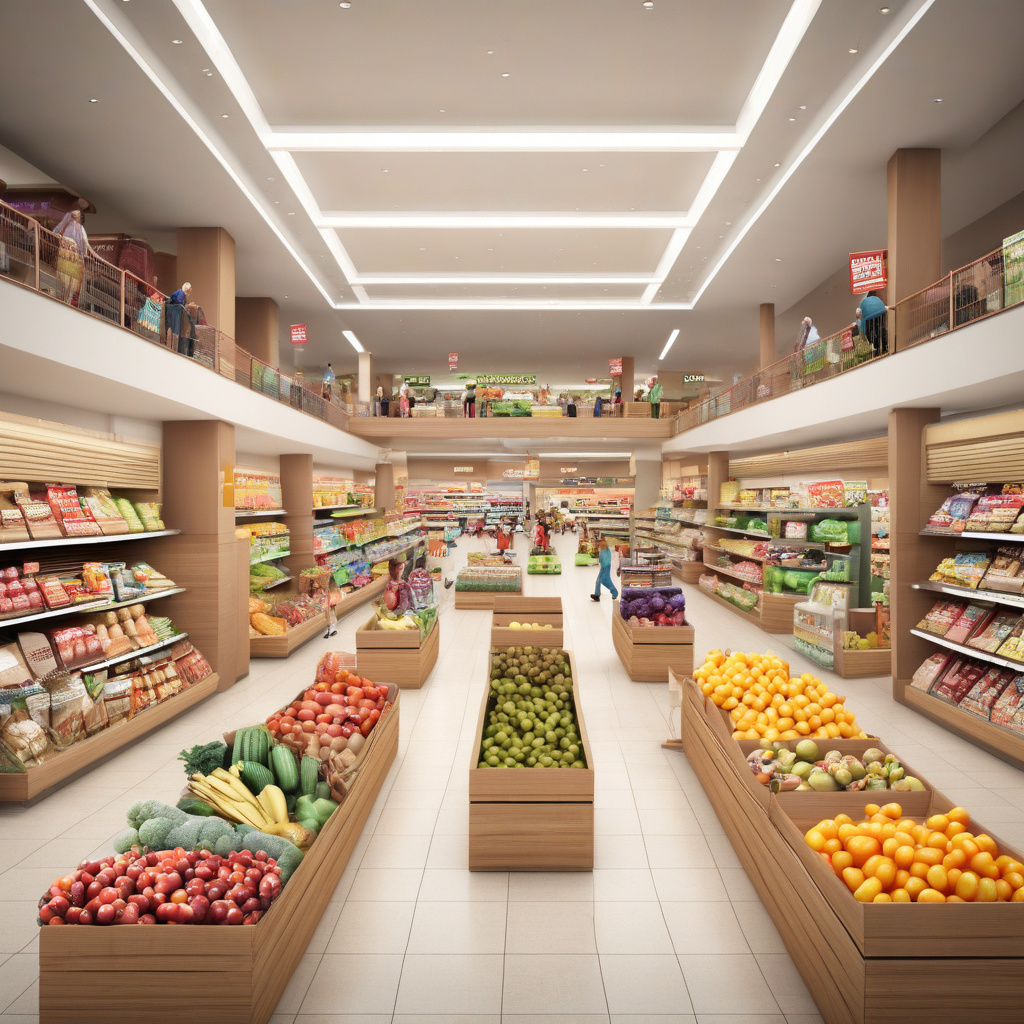The Resilience of Grocery-Anchored Retail: A Lucrative Investment Opportunity
In the realm of retail real estate, one segment has consistently proven its resilience and attractiveness to investors: grocery-anchored properties. Despite the ever-changing landscape of consumer preferences and shopping habits, these properties remain a hot commodity in the market. A recent report by JLL has underscored the enduring investment appeal of grocery-anchored retail, especially as competition for prime retail space continues to tighten.
So, what makes grocery-anchored retail such a sought-after property type in the commercial real estate sector? The answer lies in the fundamental needs it serves, the stability it offers, and the potential for long-term growth and profitability.
Meeting Essential Needs
At the core of the appeal of grocery-anchored retail is the essential nature of the goods and services it provides. Unlike other retail formats that may be more susceptible to economic downturns or fluctuations in consumer trends, grocery stores offer products that are a necessity for daily living. Food, household essentials, and personal care items are items that consumers will always need, regardless of the economic climate.
By anchoring a retail center with a grocery store, property owners can ensure a steady stream of foot traffic and demand for space from both tenants and consumers. This stability is a key selling point for investors looking for reliable income streams and long-term asset appreciation.
Resilience in the Face of E-Commerce
The rise of e-commerce has disrupted many traditional retail formats, leading to store closures and vacancies in shopping centers across the country. However, grocery-anchored properties have proven to be more resilient to the e-commerce threat. While consumers may be increasingly turning to online platforms for certain types of purchases, the majority still prefer to shop for groceries in person.
Additionally, the perishable nature of many grocery items, as well as the desire to select fresh produce and meats in person, creates a barrier to widespread adoption of online grocery shopping. This reluctance to fully embrace e-commerce for grocery purchases bodes well for the future of grocery-anchored retail properties.
Community Hub and Convenience
Beyond the transactional aspect of grocery shopping, these retail centers often serve as community hubs where residents gather not only to buy groceries but also to socialize and access other essential services. This multifunctional aspect of grocery-anchored retail adds to its appeal as a stable and enduring investment.
Moreover, the convenience of having a grocery store as an anchor tenant makes these properties attractive to both consumers and other retailers. Customers appreciate the ability to run multiple errands in one trip, while retailers benefit from the increased foot traffic generated by the grocery store.
Conclusion
In conclusion, grocery-anchored retail properties continue to be a hot property in the commercial real estate market for good reason. Their ability to meet essential needs, withstand the challenges posed by e-commerce, and serve as community hubs make them a solid investment choice for savvy investors looking for long-term stability and growth potential.
As competition for prime retail space tightens, grocery-anchored properties stand out as a reliable and lucrative option for those looking to diversify their real estate portfolios and capitalize on the enduring appeal of necessity retail.
Investors and developers would do well to consider the strong investment appeal of grocery-anchored retail properties in today’s ever-changing retail landscape.
JLL, Real Estate, Grocery, Retail, Investment
